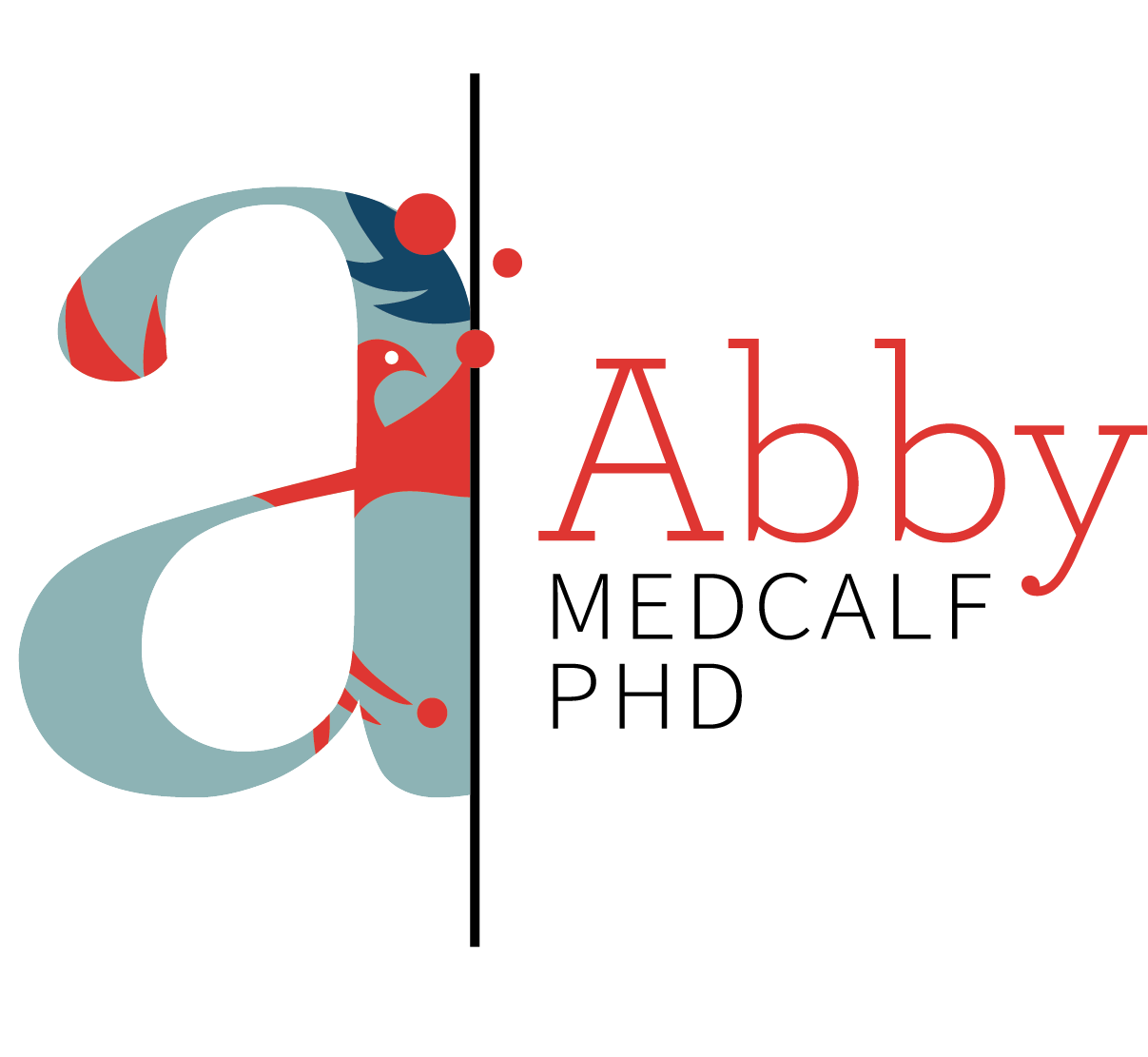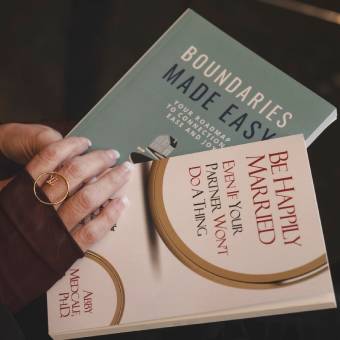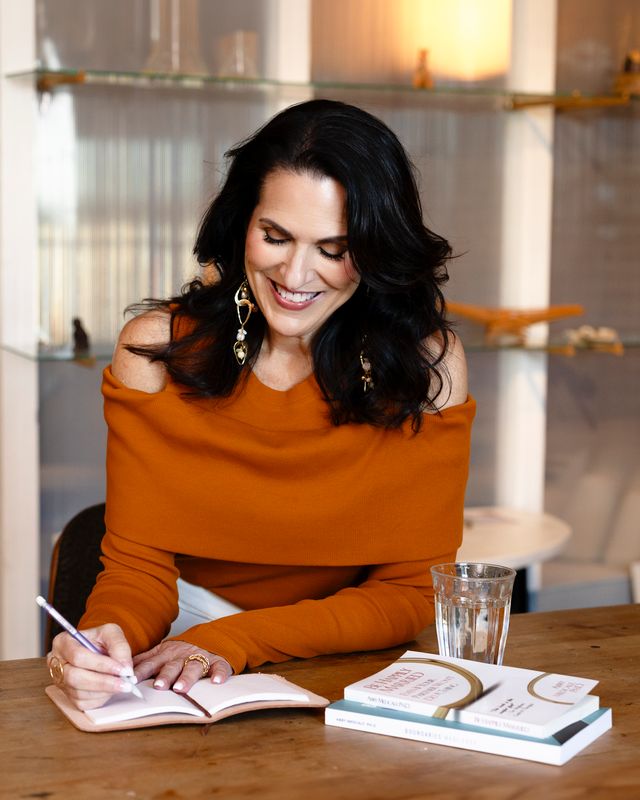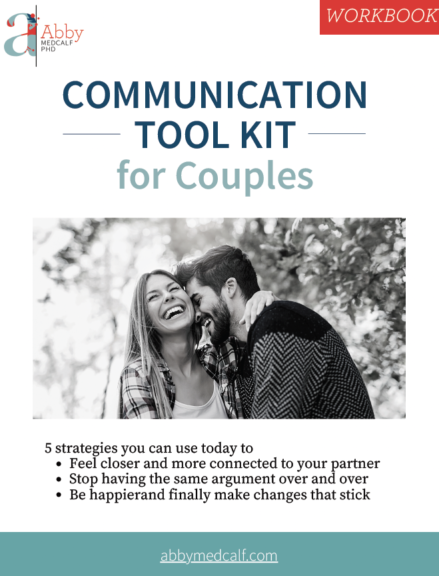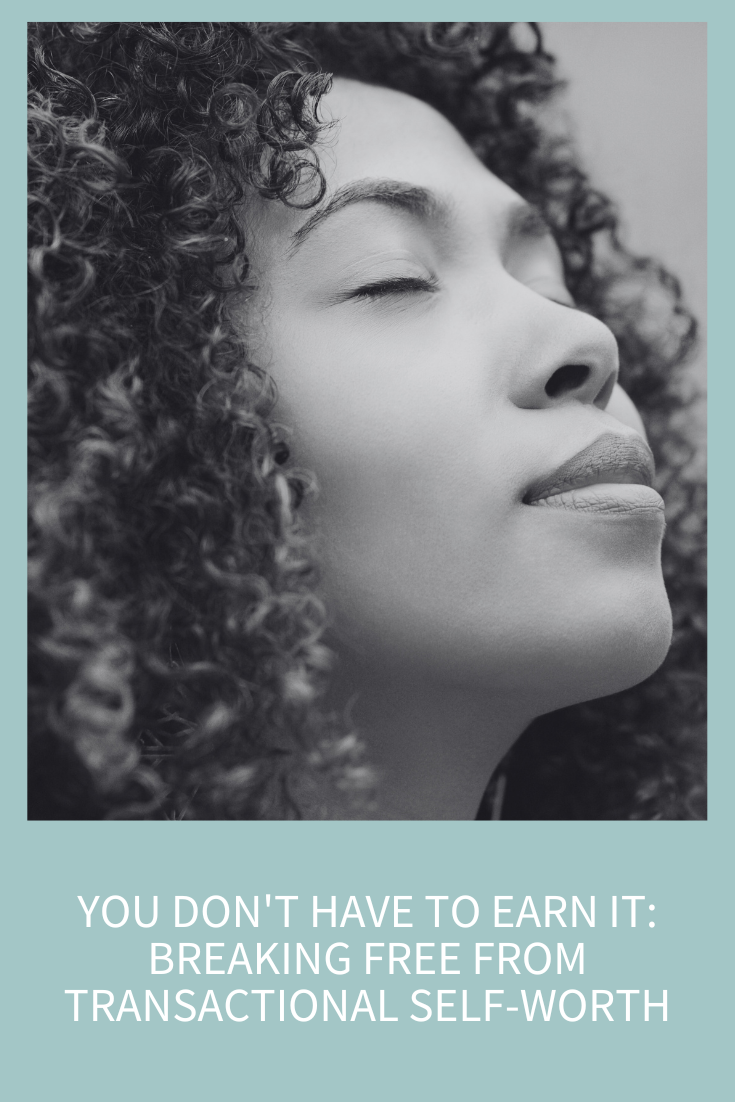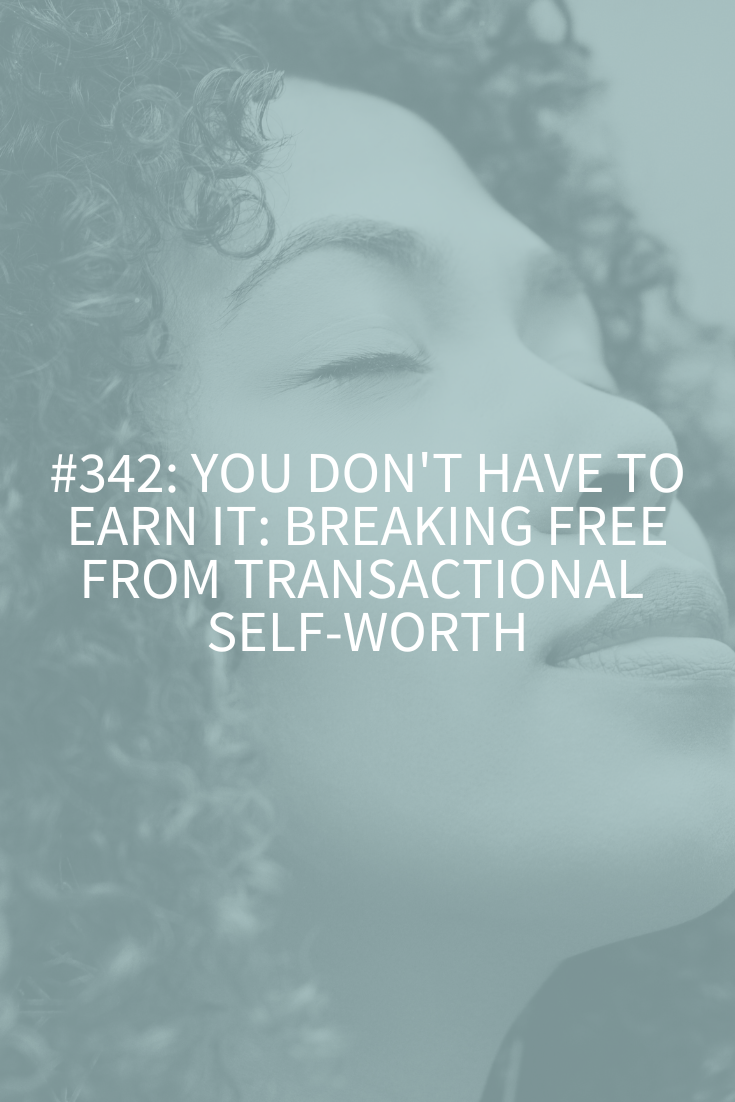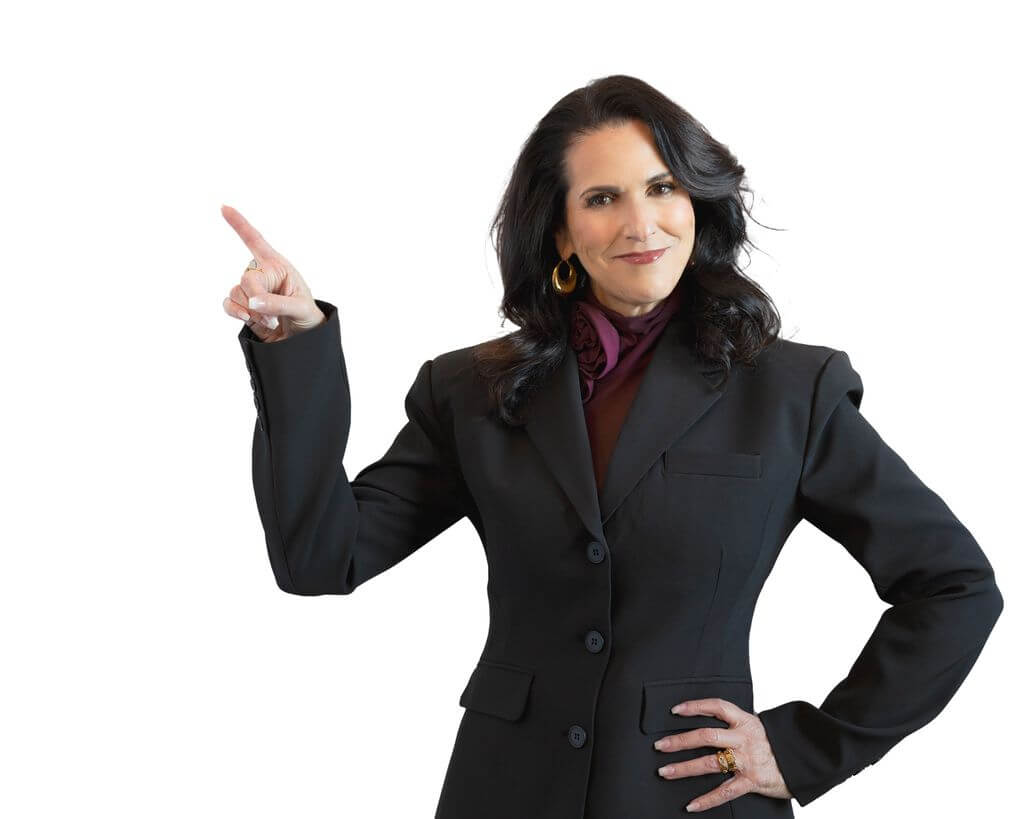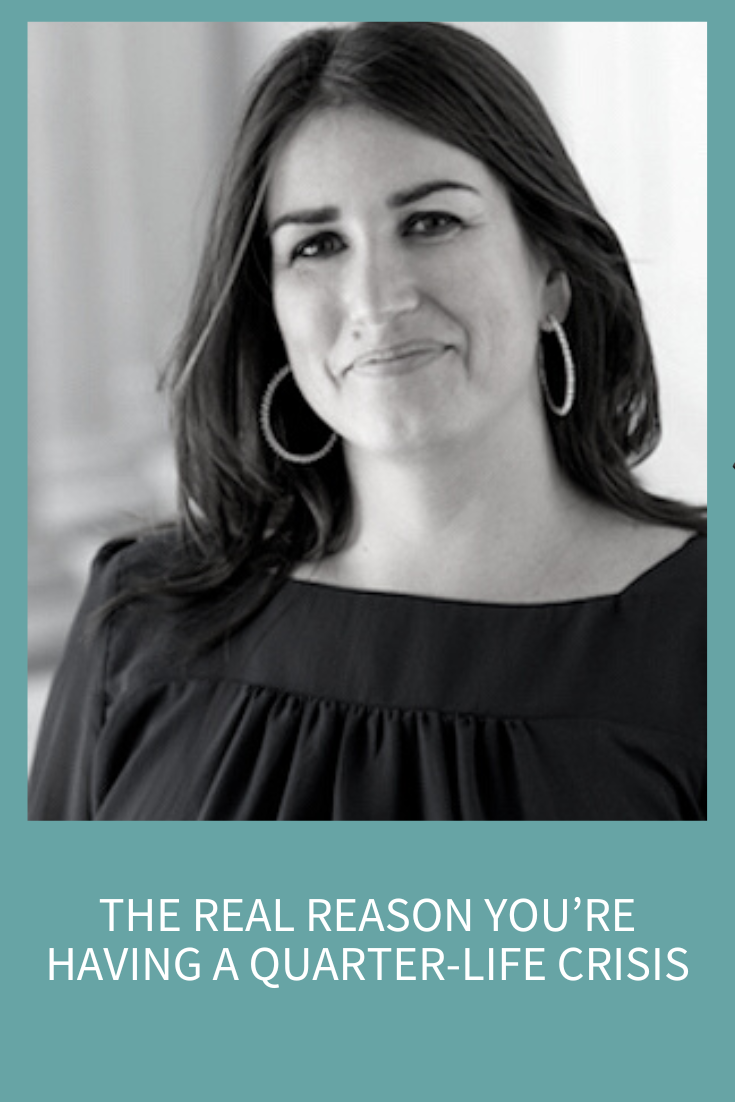
10-minute read
A quarter-life crisis comes about when you’re faced with the reality that your life is not what you thought it was going to be. It’s an emotional crisis of identity and self-confidence. You’re faced with the feeling that maybe you’re not being true to who you really are, but you’re not quite sure who you’re supposed to be, either.
If you’re going through a quarter-life crisis, don’t panic. While it may feel stressful and overwhelming in the moment, a crisis is the perfect time to re-evaluate your life and start making better choices.
When I was 27, I went through my own quarter-life crisis. I left my career in the entertainment business and the life I had created in Hollywood to return to the San Francisco Bay Area to figure myself out, which eventually led me to study psychology. At the time, I had no idea what was happening, or why I felt the way I did, and while the concept of the quarter-life crisis has been around for several decades, it wasn’t something people talked about. In fact, most people would laugh when a story came out about a 20-something going through an identity crisis.
Three years ago, a national news publication asked me to write a story about Millennials, and when the editor got back to me, they had dubbed me “the Millennial therapist,” and it stuck. I’ve been a psychotherapist and coach for over 15 years, and I’ve spoken to thousands of Millennials and Generation Zers. These young people come to me for a variety of reasons, but the one thing that links all these clients together is they’re usually in the middle of a quarter-life crisis.
After hearing all their stories, I can say the real reason you’re having a quarter-life crisis is because you don’t have the life experience to know who you are…yet. Our lives are made up of the choices we make, and because you don’t know yourself…yet…making choices can feel overwhelming. Choices are the opportunity and privilege of being able to opt for one thing over another.
By the time you’ve started to experience a quarter-life crisis, you’ve made a lot of choices already, but they’re not working out as planned. So, what happens is you’re fearful of making any new choices because either you don’t trust yourself to make the right choices for you, or you’re afraid the choices you do make won’t turn out as expected.
I’m going to walk you through six simple steps to help you conquer your quarter-life crisis that thousands of my clients have used to turn their lives around. Let me tell you about a client of mine; we’ll call her Allie. Allie is a 28-year-old struggling with anxiety related to her career. Allie had been working non-stop for six years towards the goal of becoming the manager of her department. She got the promotion, but that pit in her stomach wouldn’t go away. Allie was going through a quarter-life crisis.
Step 1: Figure out how you got here
Before Allie can make decisions about her future, she needs to take a little time to look into her past to understand how she got here. Allie sat down and did a timeline of her life, identifying any significant moments from her past that stand out today. Having to go back in time helped Allie identify she was making choices not based on what she wanted at that moment in her life but based on what she hoped she would feel in the future.
We’ve all done this at some point in our lives, “Once I fall in love, I’ll be happy.” “Once I start making x amount of money, I’ll enjoy my job.” Allie, like so many young adults, had been dreaming of her future for so long that she never bothered to determine what she wanted in her present.
Step 2: Determine what you know for sure right now
Now that Allie knew she was making choices based on feelings she hoped to have in the future, it was time for her to stop and learn how to become more aware of her thoughts and feelings in real-time. She needed to reflect on what makes her feel inspired, excited, and joyful right now.
This required Allie to ask herself, “How do I feel right now?” “Is what I’m doing right now interesting and meaningful for me?” “How do I feel about doing certain tasks at work?” The more Allie asked these questions, the more she realized she is a creative person. Her current job is in finance, but her favorite thing to do on the weekends is to go thrift shopping and use those clothes as the raw materials for her sewing projects.
Step 3: Research, reflect, and repeat
You might think the next step for Allie is to quit her current job, move to NYC and try and break into the fashion industry. While that’s a great plot for a Lifetime movie, it’s not realistic for humans.
For Allie to make this radical transformation and to give up a job she worked so hard for, moving away from her friends and the comfort of her home will increase her anxiety. When we get scared, it immediately triggers us to go into survival mode and either fight, flee, or freeze. This is why when you’re faced with a big decision, you either tend to do nothing (freeze), run away, or avoid it (procrastination represents fleeing) or look for all the pitfalls (fight).
Most young adults get stuck here. They do nothing and hope things get better, they focus on other things to avoid, or they pull apart all the reasons why something won’t work.
Allie started to research sewing classes she could take in the evenings or weekends, she started to reach out to her network to see if she had a friend of a friend who worked in fashion, and she started speaking to other departments at her current company to see if there are more creative roles. Each time Allie gained new knowledge, we would talk about it, and she would reflect upon what she learned to see what got her excited and inspired. She would then repeat the cycle until she felt like she had learned as much as she could about her options before she made bigger decisions.
This is what Allie learned: she didn’t want to monetize her hobby; sewing is something she did for herself. She did learn she wanted to do something more creative and was told about a role in her current company that would be more creative than her current role, but not something she saw herself doing forever.
Step 4: Start making fearless choices
Making fearless choices isn’t about deciding to skydive or sell all your belongings to raise Alpacas in South America. When we start to think about deciding, what do we tell ourselves, “What if I make this choice and it doesn’t work out?” But we never ask ourselves, “What if I make this choice and it does work out?”
Making fearless choices means you take all the information you’ve gathered so far, think about what you know about yourself, and make a choice from a place of excitement and confidence, not from a place of fear.
Allie was scared to interview for the more creative role in her company because what if she didn’t get it? What if she got it and hated it? Allie had made several choices in the past that didn’t work out as expected, and now she doesn’t trust in her decision-making skills. There are no “right” or “wrong” decisions, just the decisions we make with the information we have at the time.
The difference now is Allie understood herself a lot better. She had been researching and reflecting, and she felt confident to make fearless choices. Every single decision we make, no matter the outcome, is knowledge and takes us one step closer to where we need to be.
Step 5: Don’t judge; practice self-compassion
The hardest part of any crisis is the discomfort. The idea of doing something else with your life can feel so scary that being comfortably uncomfortable sounds better than sitting in the unknown.
Allie was so used to knowing exactly what she wanted all the time that being in this in-between place was very challenging. When Allie went out with friends, and they would talk about work, she felt uncomfortable. Her friends would question Allie’s decision to potentially switch positions and maybe even leave finance altogether.
Remember, a quarter-life crisis is a crisis of self-identity; it’s like a death. If you’ve spent your entire life with one vision of what adulthood would look like for you, and suddenly you’ve realized that vision doesn’t align with the person you’ve become, that’s difficult and incredibly uncomfortable. Allie had to keep reminding herself of why she was doing all this work which requires you to be compassionate with yourself.
Practicing compassion means you are honoring yourself and accepting your humanness. There are certainly people in the world who knew what they wanted to do when they were a kid and have never wavered. But most adults go through a lot of twists and turns while determining their unique life path.
Allie was scared and uncomfortable at times, but the more she practiced self-compassion, the more confident she felt, which made decision-making easier.
Step 6: Trust you’ll get to where you’re trying to go
This step is probably the hardest but most important because you’re going to be researching, reflecting, and making fearless choices, and the self-doubt will start to creep in. You’ll start thinking, “What if I never figure out what I want to do with my life?” “What if I end up working some horrible, dreary job, old, alone with no friends?”
We all have those thoughts. They usually come when you’re lying in bed at night, exhausted by the day but somehow still unable to quiet your mind and go to sleep.
If I had all the answers to life, I would be living next to Oprah in Montecito, but I don’t. And as much as you think you want someone to come along and tell you exactly what to do with the rest of your life, you don’t.
Trust can be challenging when you’re young because you haven’t had enough life experiences to know while it’s overwhelming right now, you’ll get to the other side, and you’ll be so grateful you took the time and energy to invest in yourself.
Allie sat with the discomfort and continued to trust she would get through this, and she did. Allie transferred to another department at her company. While it was still focused on finance, her role was more strategic, and she found she enjoyed solving problems. Allie got more involved with her community and joined a sewing group and was pleasantly surprised to find people her own age.
One day someone in her sewing circle mentioned to Allie a good friend of hers who just got funding for her new startup and was looking to hire smart, creative thinkers, and since it’s in the fintech space, she thought Allie would be perfect. Long story short, Allie got the job, and she’s still there today and loving it.
You can run and you can hide, but eventually, your quarter-life crisis will catch up with you. You’ll just call it your mid-life crisis. It isn’t something you can solve over a long weekend vacation. When you choose to move through a crisis instead of trying to run away from it, you’re saying to yourself I value myself enough to take the time to create a life that makes me want to live it.
Tess Brigham (MFT, BCC), dubbed the “Millennial Therapist” by CNBC, is a licensed therapist, certified coach and author. Based in the San Francisco Bay Area, Tess has over 15 years of experience helping thousands of people find their purpose, develop their confidence, and create a life they’re excited about living. She’s a regular contributor at both CNBC and Forbes and was featured on the TV Show “The Doctors” to discuss the Millennial mental health crisis. As if that wasn’t enough, she’s also been featured in Oprah Magazine, The New York Times, the SF Chronicle, NBC News, Huff Post, Insider, Yahoo! News, Marie Claire, BuzzFeed, Newsweek, and Real Simple (to name a few).
Resources for Conquering Your Quarterlife Crisis with Tess Brigham
Visit Tess Brigham to learn more about her services, products, and programs.
Check out Tess’ book, “True You: A Step-by-Step Guide to Conquering Your Quarter-Life Crisis”
Connect with Tess on Facebook, Instagram, YouTube, LinkedIn, Twitter, and Pinterest
